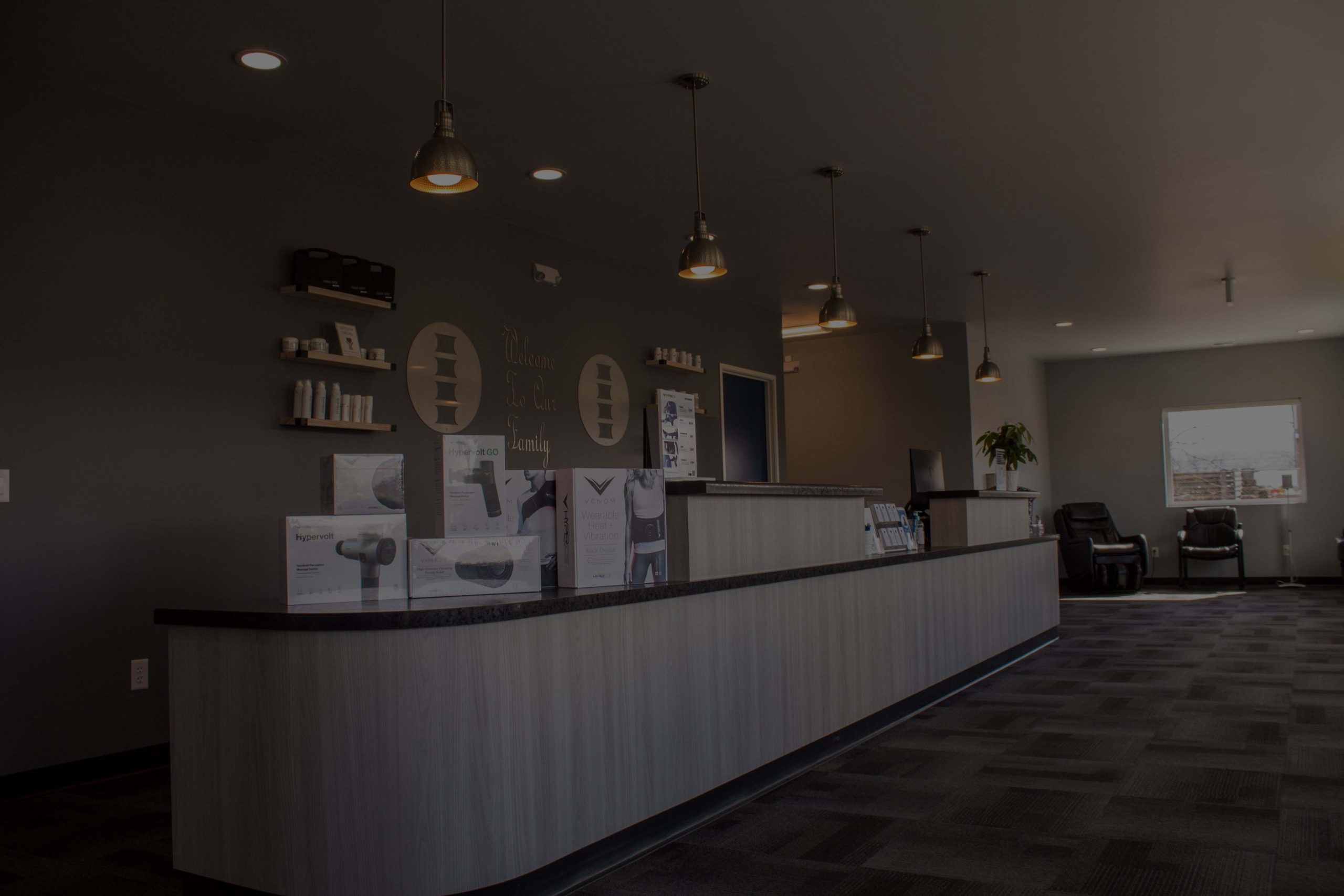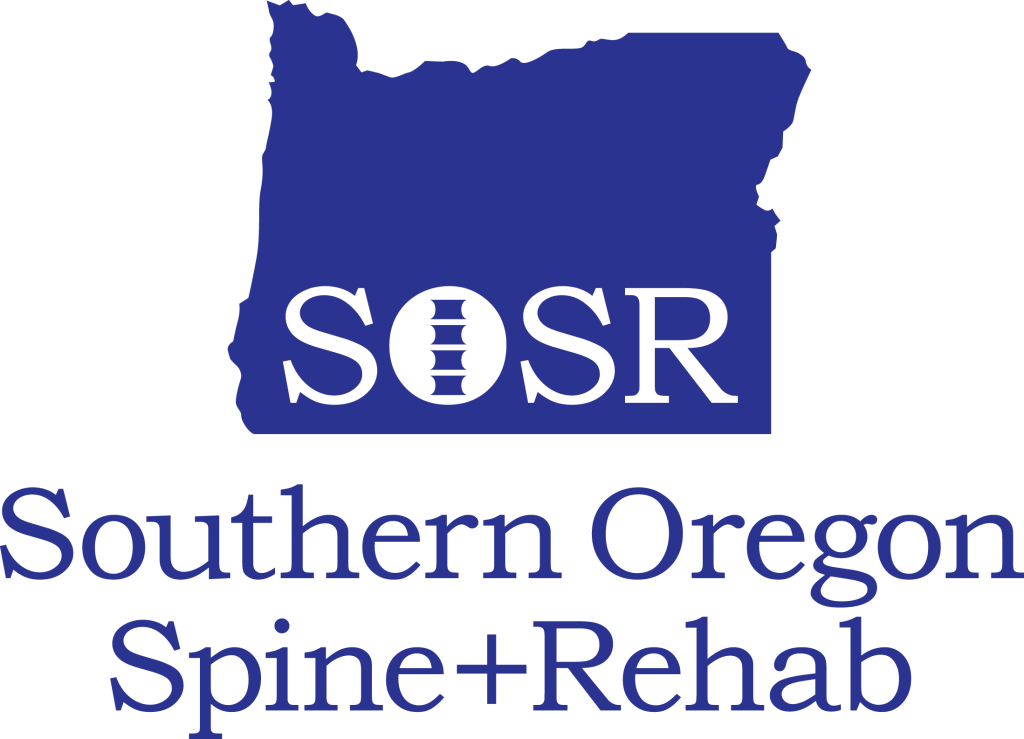September 2021 Update
Fall Prevention Awareness Day: More Important Than Ever!
September 29th is Fall Prevention Awareness Day and this year we wanted to highlight this important topic in our newsletter because since the pandemic, polls have indicated some startling trend in adults, age 50 and older. The National Poll on Health Aging, conducted through the University of Michigan indicated that:
- fall rates have increased
- incidence of multiple falls have increased
- physical activity rates have declined
- fear of potentially having a fall has increased
- mobility levels have decreased
- and 28% of people delayed or did not get the medical care they needed after a fall and the most common reason was due to COVID!
Consider the following strategies to reduce the risk of falling:
Perform a Home Safety Check
At least one-third of all falls involve hazards within the home. The most common falls occur when people trip over objects on the floor. See the Home Safety Checklist at the end of this and work with a family member or healthcare provider to evaluate your home for potential hazards and minimize your risk of injury.
Begin a Regular Exercise Program
Consider a general exercise program that includes strength training, balance training and activities such as walking, water workouts or tai chi, which is a gentle exercise that involves slow and graceful dance-like movements. Exercise reduces your risk of falls by improving your strength, balance, coordination and flexibility.
Review Your Medications
Your risk of falling may increase if you take certain prescription medications. Many medications have side effects that can affect your brain function and lead to dizziness or lightheadedness. Taking multiple medications magnifies the risk, as does combining prescription drugs with alcohol, over-the-counter allergy or sleeping medications, painkillers or cough suppressants. Medications that can increase your risk of falling include psychotropics, antiarrhythmics, diuretics and sedatives. Also, taking four or more types of medications contributes to increased fall risk. Ask your prescribing physician to review your medications and reduce your chances of falling by using the lowest effective dosage.
Have Your Vision Checked
Reduced vision increases risk of falls. Age-related vision diseases, including cataracts and glaucoma, can alter your depth perception, visual acuity and susceptibility to glare. These limitations hinder your ability to move safely. It is important to have regular check-ups with your eye doctor. Also, regularly clean your glasses to improve visibility.
Nutritional Considerations
Osteoporosis makes bones less resistant to stress and more likely to fracture. Caused by hormonal changes, calcium and vitamin D deficiencies and a decrease in physical activity, osteoporosis is a chief cause of fractures in older adults, especially women.
Home Safety Checklist
All living spaces:
- Remove throw rugs.
- Secure carpet edges.
- Remove low furniture and objects on the floor. Reduce clutter.
- Remove cords and wires on the floor.
- Check for adequate lighting at night (especially along the path to the bathroom).
- Secure carpet or treads on stairs.
- Install handrails on staircases.
- Eliminate chairs that are too low to sit in and get out of easily.
- Ensure the telephone can be reached from the floor or consider a wearable way to call for help such as an iWatch or call button.
Bathrooms:
- Install grab bars in the bathtub/shower and by the toilet.
- Use rubber mats in the bathtub/shower.
- Pick up floor mats when you are not using the bathtub/ shower to avoid tripping over them. Install a raised toilet seat.
Outdoors:
- Repair cracked sidewalks.
- Install handrails on stairs and steps.
- Trim shrubbery along the pathway to the home. Install adequate lighting by doorways and along walkways leading to doors.

